If you’re interested in plastic scale modeling, you probably already know that the hobby is a lot more than just assembling pieces of plastic. In fact, it can be downright challenging at times. But if you’re up for the challenge, and you’re willing to learn a few things along the way, then read on – because we’ve got some tips for newbies that will set you on your way.
This article will provide new modelers with some tips to get started in the hobby. It will also describe some of the common challenges that new modelers face and offer advice on how to overcome them. Finally, it will provide a few resources that can help beginners get started in scale modeling.
1. Acquaint Yourself with Methods of Model Assembly
Plastic scale modeling can be a rewarding and challenging hobby. It can also be a little bit daunting for beginners, especially if they don’t know where to start. In this section, we’ll give you some tips on choosing the right scale for you, and we’ll also discuss the pros and cons of snap-together models versus glued-together models.
Choosing Your Scale
Choosing the right scale is important, because it will affect the level of difficulty you experience while building your model. Larger scales (1/24th and up) are generally more difficult to build than smaller scales (1/72nd and down), because there is more detail in larger models. Conversely, smaller scales are more prone to distortion and require more patience to build correctly.
If you’re just starting out, we recommend choosing a smaller scale such as 1/72nd or 1/48th. They are less expensive and easier to build than larger scales, but they still look great when completed. Of course, if you have some experience building models, there is nothing wrong with tackling a larger-scale project right away.
Read Fine Scale Modeler Magazine’s “Builder Basics: First, what is a scale model?” for an in-depth look at scale.
Snap-Together vs. Glued-Together Models
As a new modeler, we recommend starting with snap-together models. That’s because glue is a hazardous substance that can irritate your skin, eyes, and respiratory system – not to mention the fact that it takes up time and money. In other words, there’s no need to tackle a large-scale glue-together project (such as a 1/12th scale car kit) right off the bat.
2. Start with a Less Complicated Plastic Scale Modeling Kit
When starting out in any new hobby, it’s important to start small. This is especially true for scale modeling, where beginners can easily become overwhelmed by the level of detail in larger-scale models. By starting with a less complicated kit, one with fewer parts, you can ease yourself into the hobby and get comfortable with the basics of assembly and painting.
Starting with a less complicated project will help you avoid costly mistakes. If you’re new to modeling and you try to build a large, intricate model right away, there’s a good chance you’ll make some mistakes along the way. These mistakes can be expensive to fix. Allow yourself some time to develop and hone your skills.
3. Use the Right Modeling Tools and Supplies and Use them Safely
When it comes to safety, using the wrong tools can lead to accidents such as cuts, scrapes, and burns. If the tool hasn’t been manufactured with comfort and ergonomics in mind, its use will lead to fatigue and potentially even injury. Beyond tools, using the wrong type of glue can cause your model to fall apart over time.
Remember to protect your eyes while you work. Wear safety glasses when working with any modeling tool.
Accuracy and precision are also important when building models. You want your model to look as accurate and realistic as possible when it has been completed. But if you try to build a complicated kit with inaccurate or imprecise tools, then there’s a good chance that your model will end up looking amateurish. At Xuron Corporation, we manufacture precision modeling tools suitable for beginners and advanced modelers.
Read about Xuron® Scale Modeling Tools on our Blog
Download our Hobby/Craft Product Brochure (PDF)
4. Work in a Clean, Well-Lit Environment
Working in a clean, well-lit environment is important for several reasons. First and foremost, it helps you avoid accidents. If you’re working in a cluttered or dimly lit space, there’s a greater chance for injury from a sharp tool. And there’s a huge chance of losing small parts, accidentally brushed from the workbench, unnoticed.
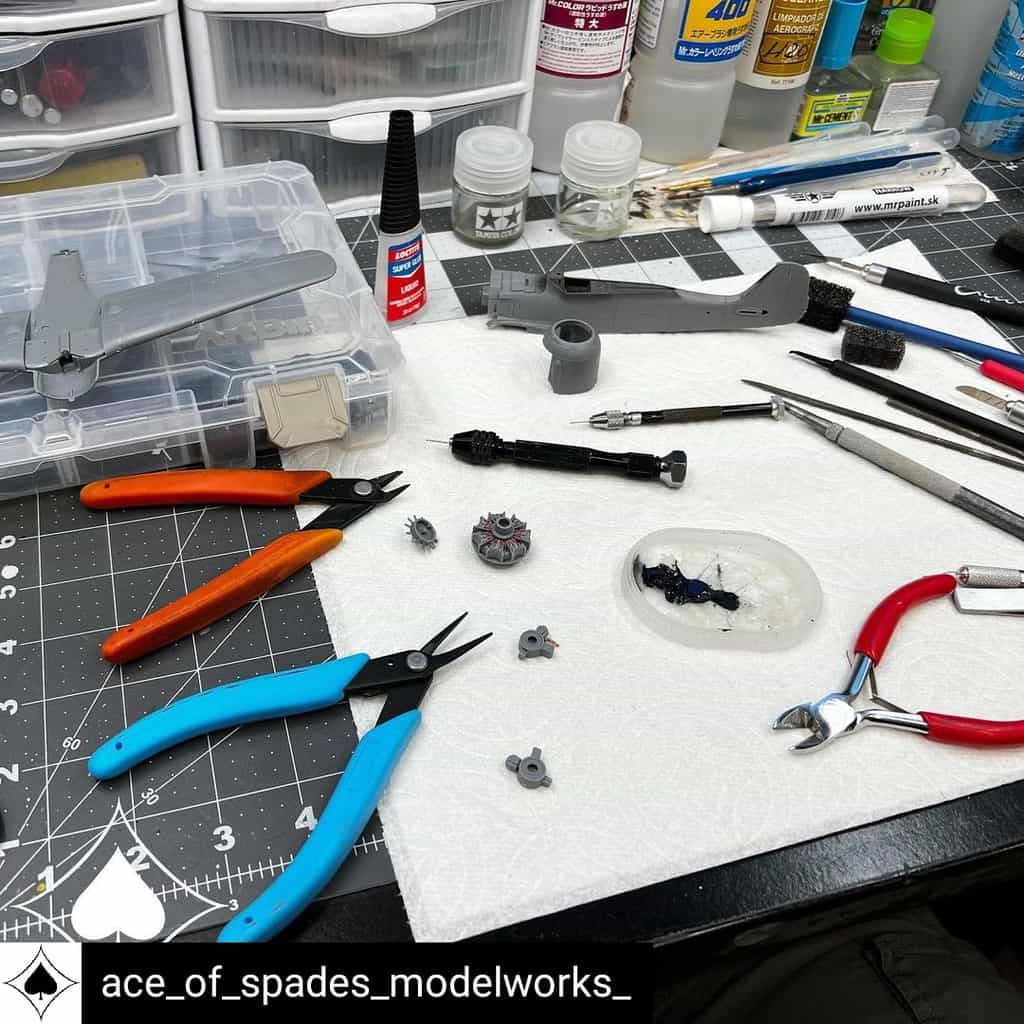
Second, working in a clean, well-lit environment helps you achieve accuracy and precision when building your model. It’s difficult to focus on tiny details when your work area is messy or poorly lit. By keeping your workbench clean and well lit, you can focus on the task at hand and produce a high-quality model.
For inspiration and ideas for setting up your workspace, check out Ace of Spades Modelwork’s Workshop Tour on YouTube:
5. Read and Follow Kit Instructions Carefully
Following your kit’s instructions helps ensure that your model will be accurate and look professional when it’s finished. If you don’t follow the instructions closely, you may make mistakes that are difficult or impossible to fix.
Sometimes, the instructions may provide steps for subassemblies that are easier to complete before building the full model. It’s best not to stray from the directions provided by the manufacturer.
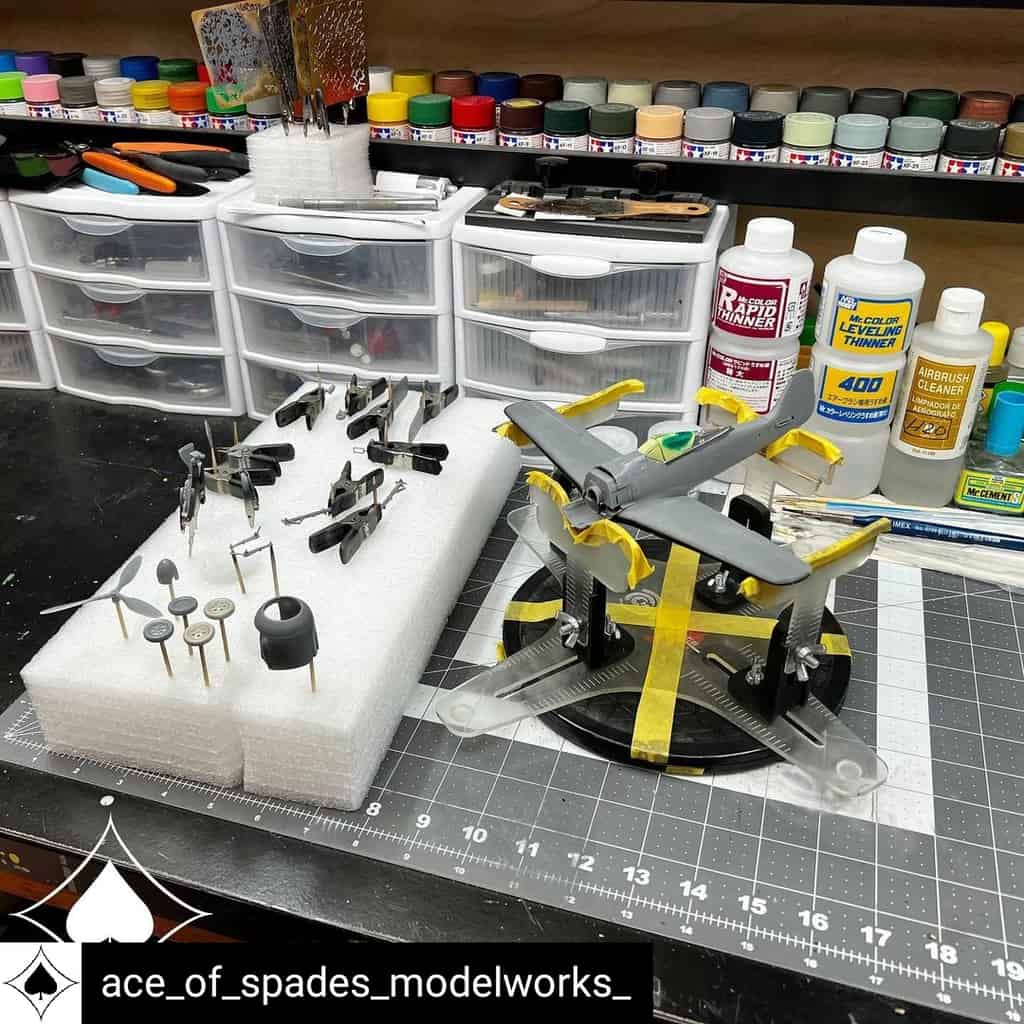
If you’ve never built a kit before or if your model is very complex, it’s possible you won’t be able to follow every instruction on the first attempt.
In such cases, write down any special tools or materials you’ll need for later reference and make notes about where to find other helpful information online. Then you can move on to a different task while you think through the first set of instructions before coming back to the model later.
Here’s another Fine Scale Modeler Magazine resource that covers the basics of model construction: Read “Builder Basics: 7 steps to cleaner construction”
6. Take Your Time and Enjoy the Process
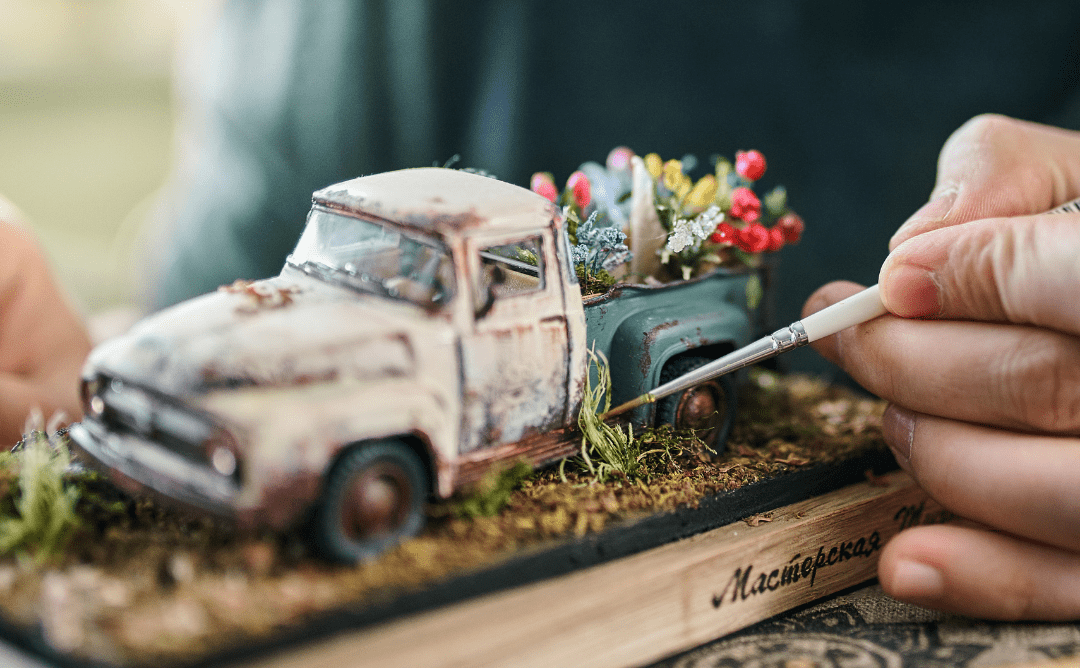
One of the best things about scale modeling is that it can be a very relaxing activity. When you’re working on a complicated kit, it’s important to take your time and to make sure that each step is done correctly. This will help ensure that your model turns out looking accurate and professional.
But it’s also important to enjoy the process of building your model. If you’re stressed out or frustrated, it will be difficult to focus on the task at hand. Take a break if you need to and come back to the kit later with fresh eyes.
By taking your time and enjoying the process, you’ll be more likely to produce a high-quality model.
7. Find Your Tribe and Ask for Help When Needed
Scale modelers are a passionate bunch, and they’re always happy to help out a fellow modeler. By joining a local scale modeling club, you’ll have access to people who can help you with everything from building your first model to advanced techniques. To find a modeling club near you, check first with your local hobby shop.
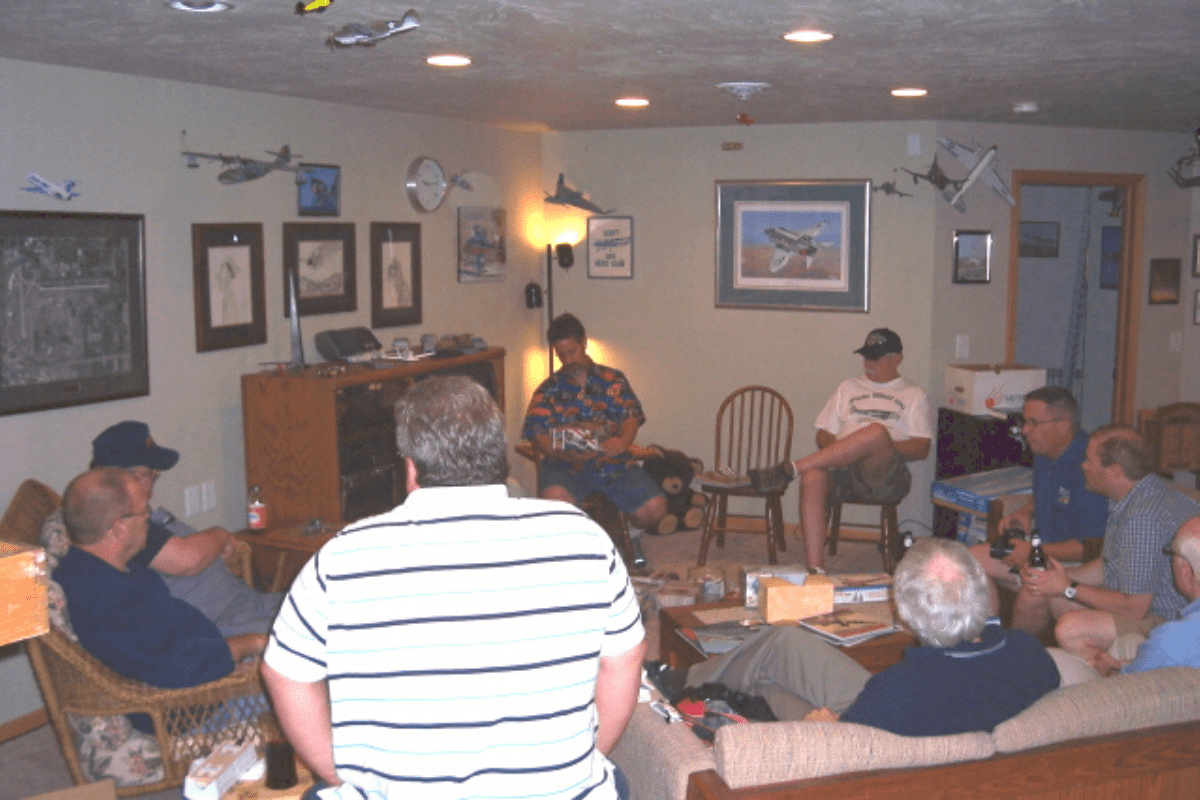
Social media groups and online forums are also great resources for beginning scale modelers. There’s no need to be shy or embarrassed about asking for help. The people in these groups are happy to share their knowledge and expertise with others. Here are a few to get you started:
IPMS (International Plastic Modeler’s Society)
NMRA (National Model Railroad Association)
AMA (Academy of Model Aeronautics)
Building models can be a challenging and rewarding activity. By following the tips provided in this article, you’ll be on your way to producing high-quality models that look realistic and accurate.
***
Subscribe below to The Xuron® Scale Modeling Toolbox for helpful tips and advice on how to build accurate scale models. This newsletter is packed with information that will help you produce high-quality models that look realistic and professional. We’ll also highlight the work of talented scale modelers from around the world.
BONUS: As a subscriber, you will be eligible for periodic subscriber-only giveaways to win FREE Xuron® tools!
Xuron® Tool Giveaways, Plastic Scale Modeling Tips & More!
Register for our FREE updates
- We'll send you a periodic update.
- Don't worry, it's not the least bit annoying.

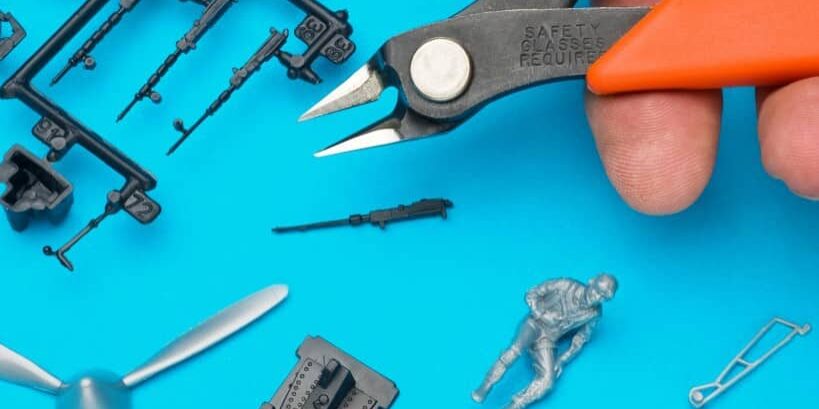
Building an area to build models
Thank you!
If you are looking to start building scale models, I would highly recommend building something from Tamiya for your first kit. Their kits are well engineered and fit together well. This will introduce you to the fun of modeling and build your confidence for more complex kits down the road. If you enjoy the hobby you will want to spend some of your money on quality tools like those offered by Xuron.
Great tip – thank you for sharing it!